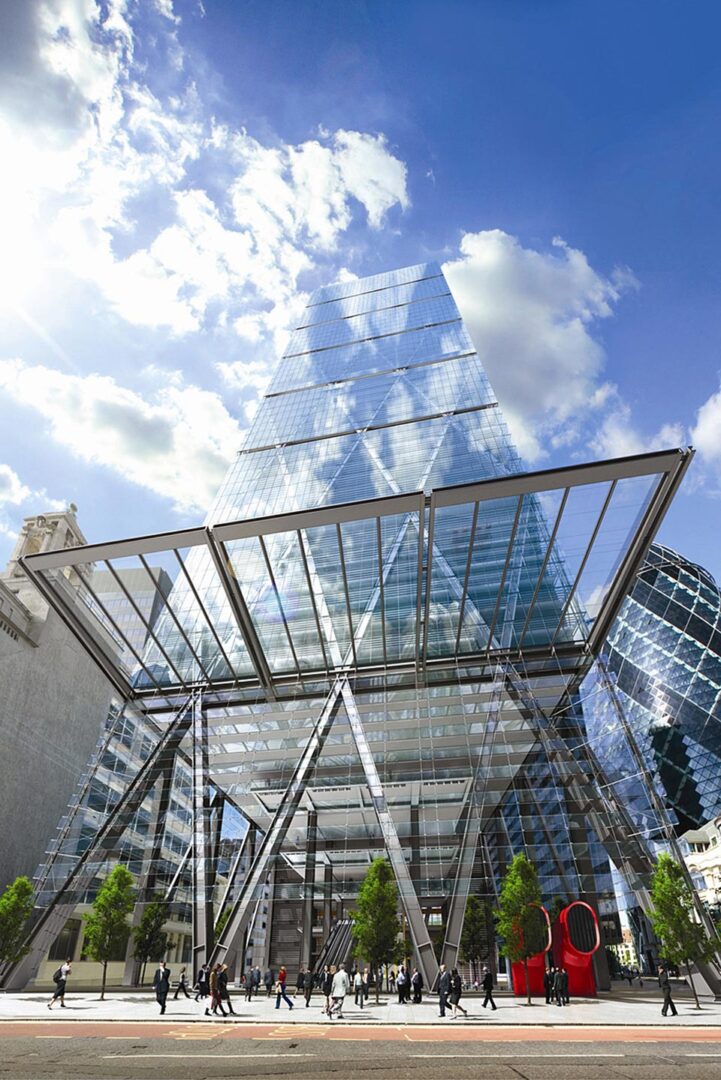How to Prepare for a Light Rights Assessment
In today's competitive property development arena, grasping the complexities of Right to Light is essential for any developer. A Right to Light Survey can serve a pivotal role in ensuring that your developments do not violate on the light rights of adjoining properties, which can cause significant delays and legal disputes. By preparing adequately for such a survey, you can traverse the legalities and technicalities involved, ultimately leading to a smoother development process.
In this piece will guide you through the nuances of Right to Light Surveys, addressing everything from the legal basis of light rights in the UK to applicable steps in conducting a survey. We’ll dissect why Right to Light matters in property development, how it impacts planning permission, and the significance of working with professionals in the field. Whether you are considering an extension, a new build, or even a more substantial development in an urban environment, grasping and getting ready for Right to Light considerations is key to your project's success.

Grasping Right to Light
Right to light represents a legal principle that allows property owners to obtain a specific level of natural light to their windows or outdoor spaces. This right typically originates from long-standing utilization of a building’s windows, and it can become a vital aspect of property development and urban planning. Ensuring proper light levels is crucial for residential and commercial properties, as light not only adds to the comfort of occupants but also affects the overall value of the property.
In the UK, the right to light is chiefly governed by common law principles, which have evolved over ages. Property owners can assert this right if they can demonstrate continuous access to natural light through their windows for a specified period, typically 20 years. The existing legal framework is designed to balance the interests of developers seeking to maximize their property usage and the rights of neighbors enjoying natural light, which can frequently lead to disputes and legal challenges if not handled properly.
As property developers embark on new projects, understanding the implications of right to light is vital to avoiding complications down the line. This includes recognizing that new developments can potentially infringe upon the light rights of adjacent properties, which may lead to complaints, legal actions, or even project alterations. Therefore, a preemptive approach in assessing and addressing right to light concerns can significantly aid to a smoother development process and better relationships with adjacent property owners.
Legal Considerations and Disputes
Understanding the judicial implications of Right to Light is crucial for both real estate developers and property owners. In the UK, the foundations of law for Right to Light originates from common law, allowing property owners to claim a right to natural light that has been sustained for a certain duration, usually two decades. This legal right can pose considerable responsibilities for developers when planning developments that may impede or reduce light to neighboring properties. Knowledge of the necessary legal frameworks can help guarantee compliance and mitigate potential issues.
Disagreements often occur when developments potentially violate on a neighbor's light rights, leading to disputes that can halt developments or cause costly litigation. Builders must be diligent in tackling these issues by commissioning light assessments early in the planning process. Engaging with attorneys and surveyors helps in navigating these complexities, offering clarity around potential impacts and remedies should conflicts arise.
In situations where conflicts intensify, judicial solutions may include negotiation for compensation or, in severe cases, court orders preventing construction until the issues are settled. Understanding these avenues is crucial for both parties — builders aiming to progress their projects and neighbors seeking to protect their right to light. The essential factor lies in thorough evaluations and honest dialogue to minimize disagreement and provide for a fair methodology to building that respects current entitlements.
Conducting Natural Light Surveys
Conducting a Right to Light survey is an essential step in guaranteeing that property developments comply with legal rights regarding natural light. The process entails evaluating the light access available to neighboring properties and determining if a new development will impede these rights. Surveyors utilize a range of tools and techniques to assess light levels, including 3D modeling, sunlight and daylight reports, and compliance with established BRE guidelines. https://yamcode.com/ helps identify potential issues early, allowing developers to tackle concerns proactively.
During the survey process, it is important to gather accurate data on the surrounding environment, including surrounding buildings that might obstruct light. Surveyors will typically measure distances, angles, and the location of structures to the proposed development. The information obtained informs their assessments and conclusions about light loss, providing a clear picture of how proposed changes will affect neighboring properties. Engaging an knowledgeable Right to Light expert can enhance the accuracy and reliability of these results.
Once the survey is complete, the results are compiled into a detailed report that describes the results and recommendations. This report serves as a basis for discussions with stakeholders, including local authorities and concerned neighbors. By grasping the implications of the Natural Light survey, developers can plan accordingly, lessen risks, and ensure that their projects meet legal and planning requirements, ultimately building good relationships with the community.